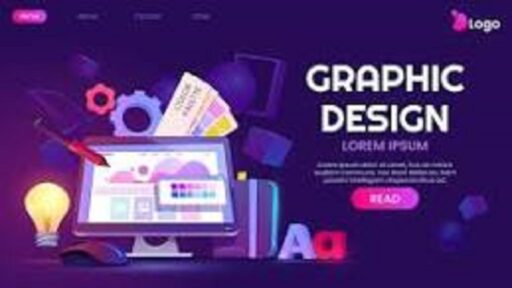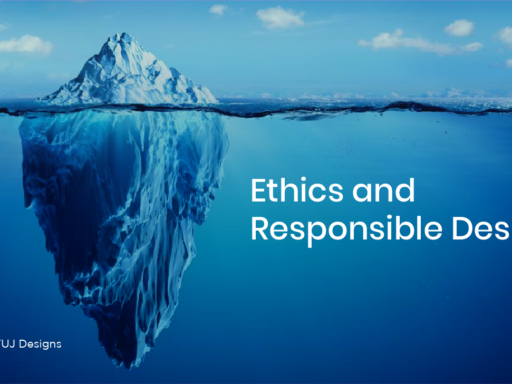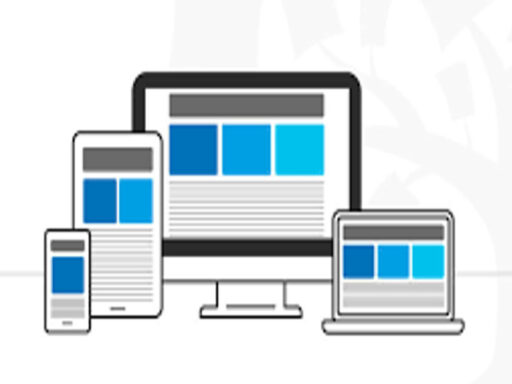Introduction:
Typography, the art and technique of arranging typefaces, holds a significant influence in web design, shaping user experiences and conveying brand identity. From readability and usability to aesthetics and branding, the choice of typography plays a crucial role in creating engaging and memorable websites. In this article, we explore the impact of typography in web design, highlighting its importance in enhancing user experience and communicating brand personality.
The Role of Typography in Web Design:
Typography serves as the cornerstone of web design, defining the visual language and tone of a website. It encompasses various elements such as font choice, size, spacing, and alignment, all of which contribute to the readability, usability, and aesthetic appeal of a website. Key aspects of typography in web design include:
1. Readability and Legibility: The primary function of typography in web design is to ensure that text content is easily readable and legible across different devices and screen sizes. Designers carefully select fonts and typography styles that prioritize clarity and readability, enhancing the user experience and facilitating comprehension.
2. User Experience (UX) Design: Typography plays a crucial role in shaping the overall user experience of a website. Clear and well-structured typography helps users navigate and consume content effortlessly, reducing cognitive load and enhancing engagement. Effective typography also contributes to the accessibility of a website, ensuring that text content is accessible to users with visual impairments or disabilities.
3. Brand Identity and Personality: Typography is a powerful tool for communicating brand identity and personality. The choice of fonts, typography styles, and typographic elements reflects the brand’s values, aesthetics, and character. Whether sleek and modern, playful and whimsical, or timeless and elegant, typography helps establish a distinctive brand voice and visual identity that resonates with the target audience.
4. Visual Hierarchy and Emphasis: Typography is instrumental in establishing visual hierarchy and emphasis within a website’s layout. Designers use typography techniques such as font size, weight, and color to highlight key messages, call-to-action buttons, and important content, guiding users’ attention and improving information comprehension.
Best Practices for Typography in Web Design:
To leverage the full potential of typography in web design, designers should adhere to best practices that ensure optimal readability, usability, and visual appeal. Some key best practices include:
1. Font Selection: Choose fonts that align with the brand’s personality and message while prioritizing readability and legibility. Utilize a combination of serif and sans-serif fonts to create visual contrast and hierarchy.
2. Font Pairing: Pair fonts thoughtfully to create harmonious and visually appealing combinations. Contrast fonts with different weights, styles, and proportions to create visual interest while maintaining readability.
3. Consistency: Maintain consistency in typography throughout the website to create a cohesive and unified user experience. Establish a set of typographic guidelines and standards to govern font usage, size, spacing, and hierarchy across all pages and elements.
4. Responsive Typography: Optimize typography for responsive design, ensuring that text content adapts seamlessly to different screen sizes and devices. Use scalable fonts, fluid typography techniques, and media queries to create a consistent reading experience across desktop, tablet, and mobile devices.
5. Accessibility: Prioritize accessibility by ensuring that typography meets WCAG (Web Content Accessibility Guidelines) standards for contrast ratio, font size, and spacing. Use accessible fonts, provide sufficient color contrast, and allow users to adjust text size and spacing preferences for improved readability.
Conclusion:
Typography plays a pivotal role in web design, influencing user experience, brand identity, and visual communication. By leveraging typography effectively, designers can create engaging and memorable websites that captivate users, convey brand personality, and deliver meaningful content experiences. Through thoughtful font selection, pairing, and implementation, designers can elevate the aesthetic appeal, usability, and accessibility of websites, ensuring that typography remains a cornerstone of modern web design practice.






